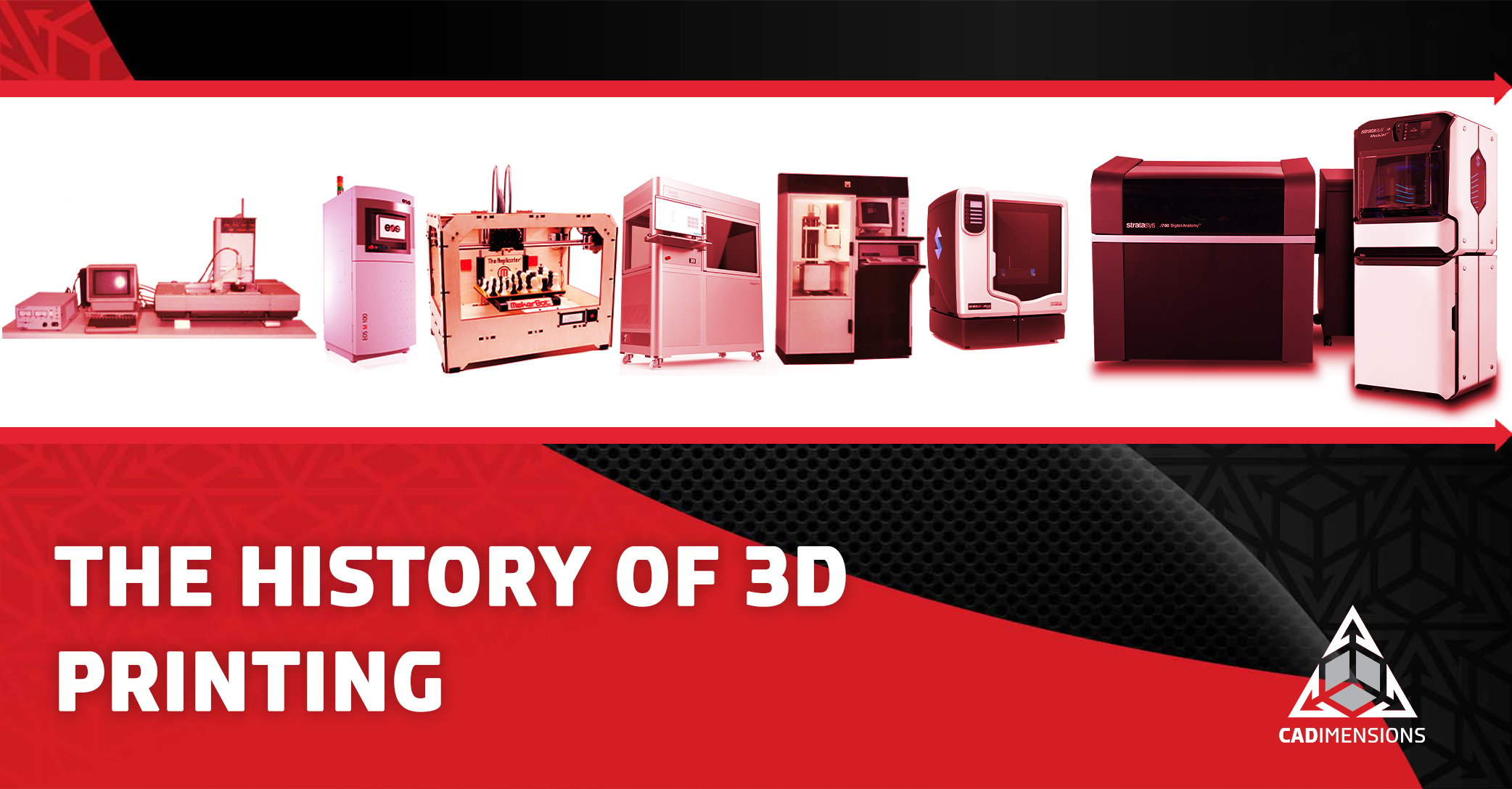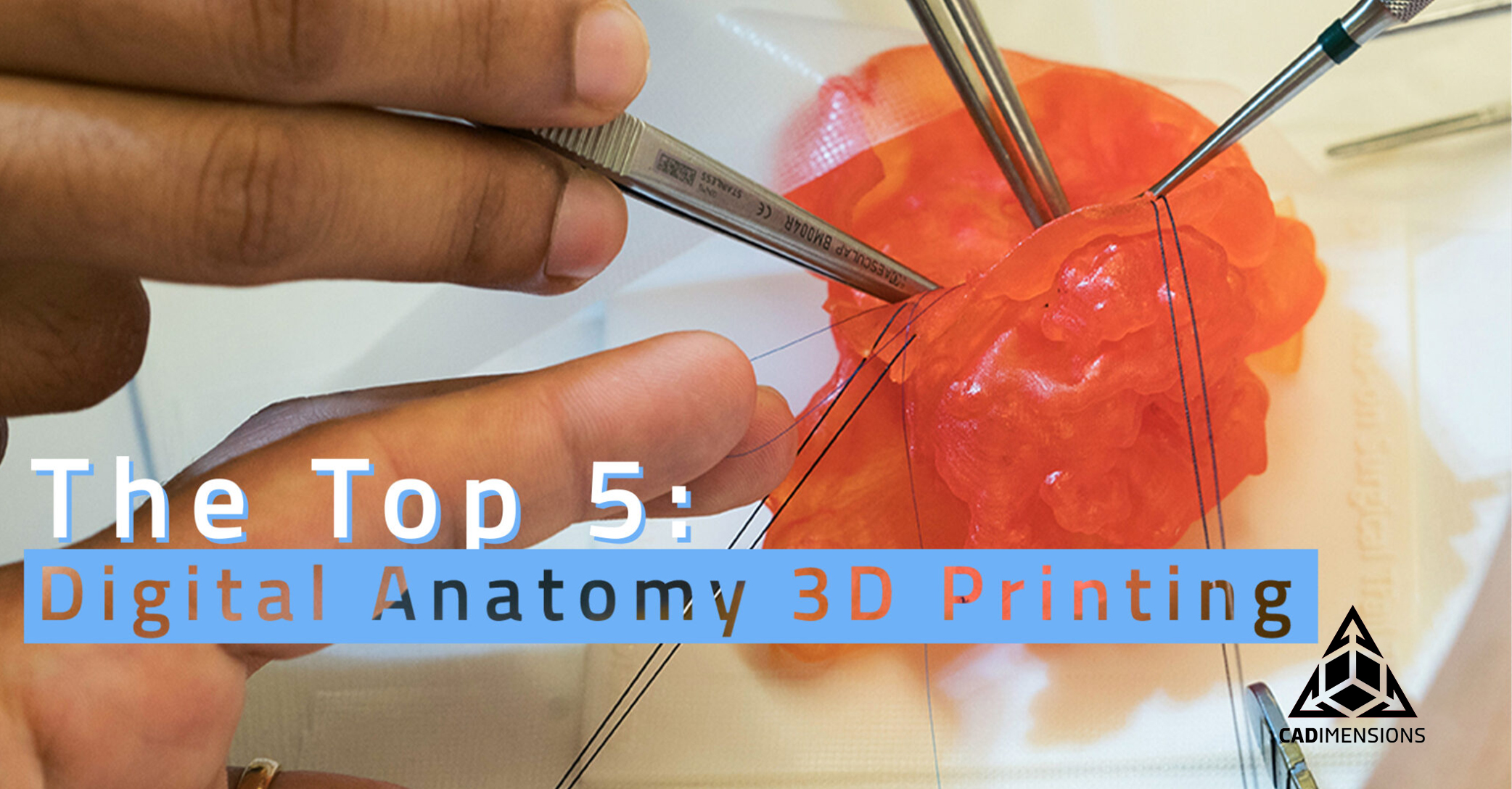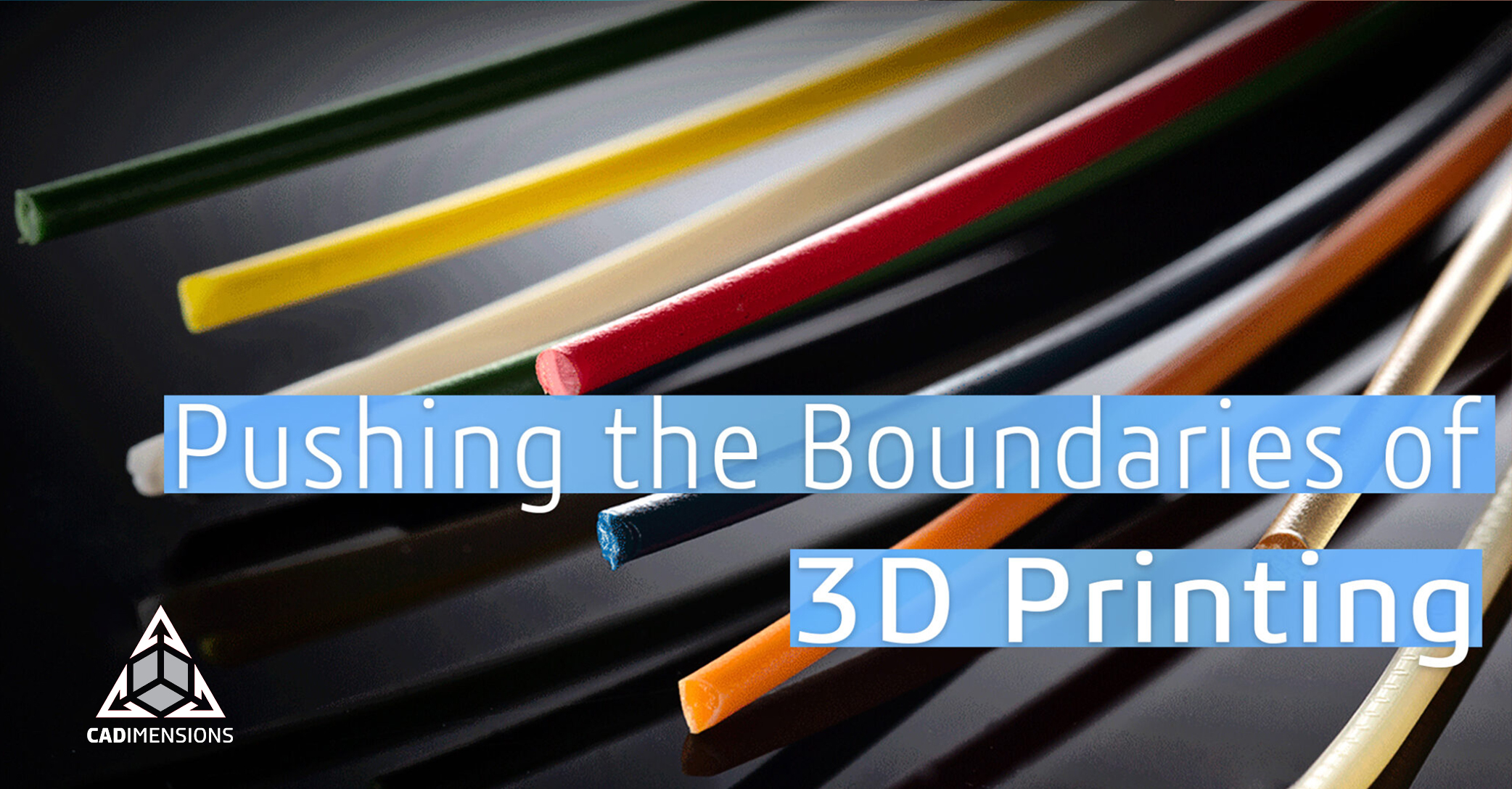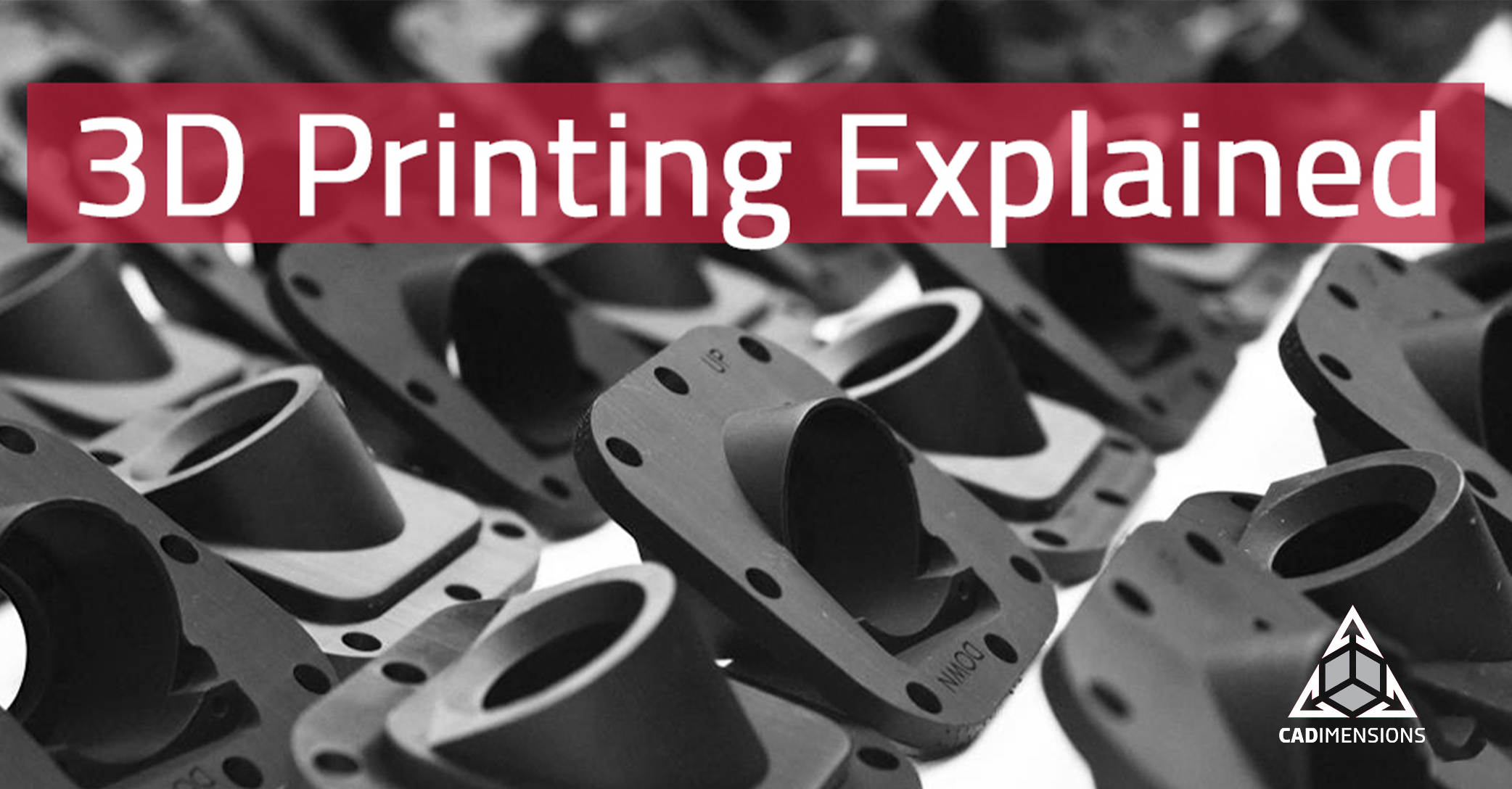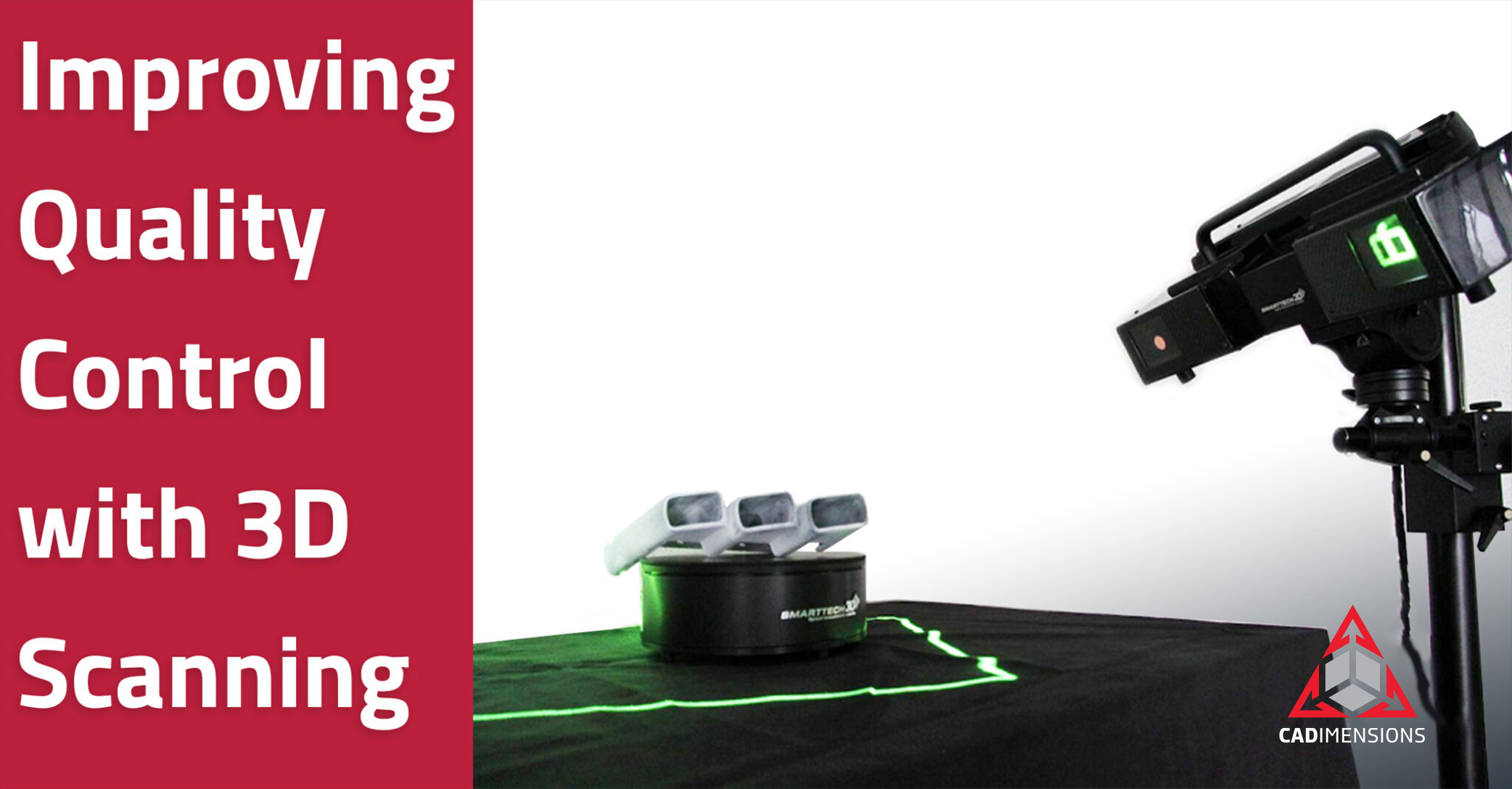The History of 3D Printing: Transforming Industries & Changing Lives
When thinking about the development of 3D printing, it feels as though it may have started as a pipe dream. How could an idea such as this come to be? Let’s embark on a 3D printing historical journey! We’ll commence with the invention of the inkjet printer, how it sparked 3D printing for hobbyists, then conclude with high-volume capabilities in additive manufacturing.
Introduction of the Inkjet and Conception of the 3D Printer
The emergence of inkjet printers took place in the early 1950s – late 1970s. Companies such as Canon, HP and Epson developed diverse adaptations of this technology. In the 1980s, experimentation swapping ink with materials began, which then led to Charles Hull’s invention of the 3D printer in 1984. Hull was born and raised in Clifton, Colorado. He received his degree in engineering physics from the University of Colorado and later became the pioneer of Stereolithography. This is a printing process that begins with a digital file and results in a physical object. Today, we refer to this process as “3D printing.” On behalf of his immense success, Hull was established as co-founder of 3D Systems.
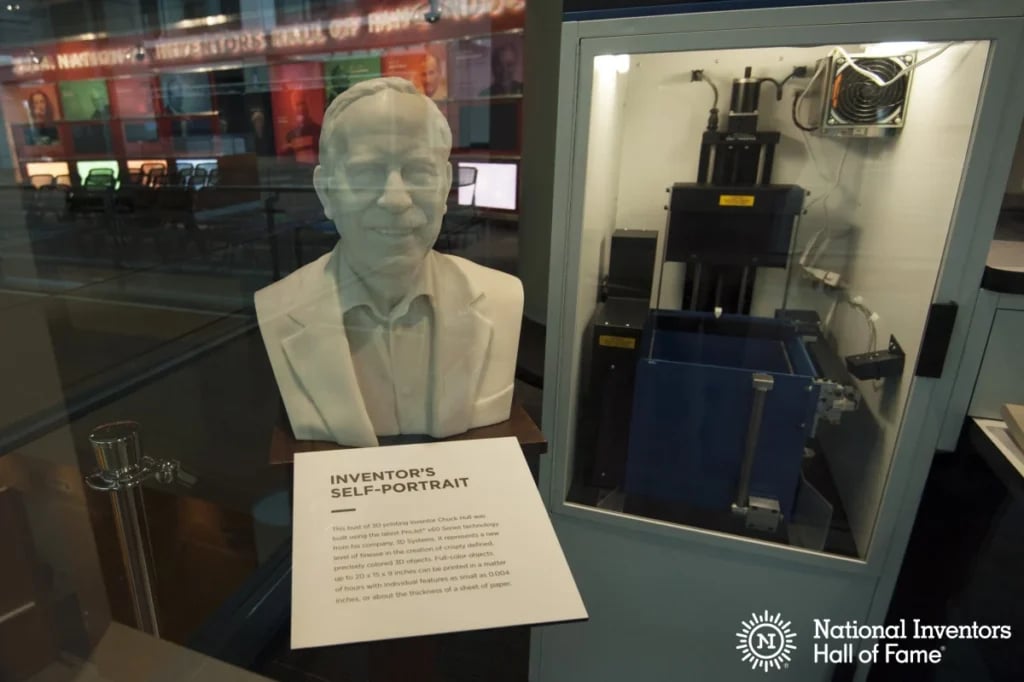
3D Printing Process and Advances
Due to the nature of the technology, 3D printing was a logical step up from inkjet printing. It all boils down to a layering system – layers of ink vs layers of material. Materials are deposited layer by layer until you achieve a tangible object. 3D printing put print production in a whole new light, which trickled down into a variety of industry use cases. This groundbreaking technology eventually led to creation of manufacturing machinery parts, robotic aircraft, and even 3D printed vehicles. Fast forward to the present day - the first 3D printed basketball that WILL change the game (pun intended). The possibilities appear to be endless!
Additive Manufacturing Explained
Within the Additive Manufacturing field, skilled engineers design and print complex parts, tools, and prototypes - many of which are produced at a high volume. Additive Manufacturing is a pillar in part production for the following industries: medical, aerospace, plastics, consumer goods, automotive, industrial equipment, service bureaus, and machine shops. Most projects are highly classified and require the best-in-class 3D printing technology.
Comparing 3D Printers and Materials
Here are a few materials that Additive Manufacturing engineers are very familiar with: resin-based, powder-bed fusion and FDM. With numerous printing technologies, there are several materials that are paired with each machine. Both functionality and usability are deciding factors when selecting the appropriate material. The most prevalent of all 3D printing technology - FDM, includes a wide array of printers and materials. FDM was spearheaded by the founder of Stratasys - a leader in industrial Additive Manufacturing. With the vast list of FDM materials, a few in high demand are: ABS, Nylon, ABS-ESD7, ULTEM 1010 and ULTEM 9085 – all categorized as thermoplastics, which happen to be the most robust choice in 3D printing.
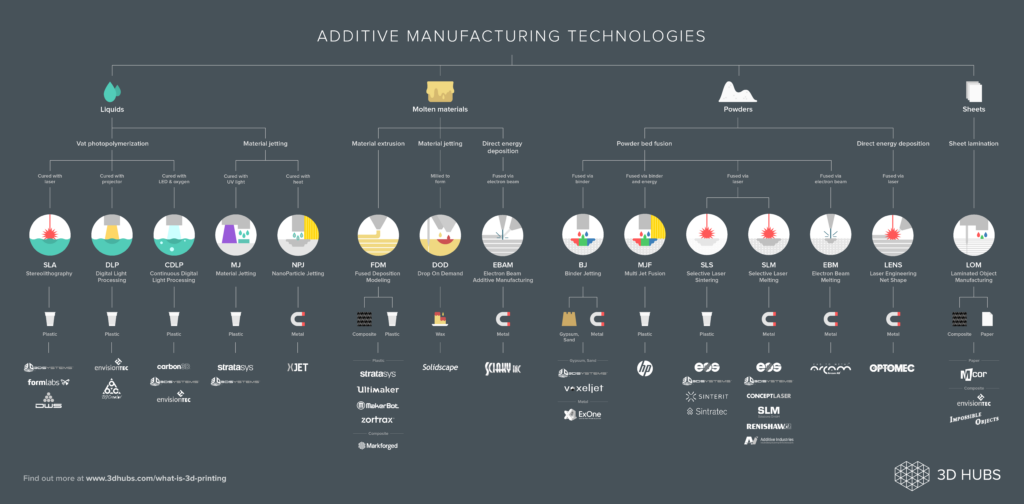
Understanding Your Next Project
When it comes to 3D printing, it is important to understand the difference between hobbyists and certified engineers. There are plenty of hobbyist with a passion for producing parts for various applications. Most hobbyist-style projects are on a smaller scale and utilization of a high-level 3D printer and materials is not necessary. If you’re hope is to produce a cosplay sword for example, a hobbyist level printer like the Makerbot will get the job done! However, if you’re seeking professional 3D printing services, working with our team is your best bet. 3D printing can be an exciting endeavor, but when it comes to sourcing a partner to safely produce what you need, trust our Additive Manufacturing experts.
Upload Your CAD Model Below

Can't Upload 3d Printed Parts On Your Mobile Device
Sign up here to schedule a consultation with one of our friendly and knowledgeable representatives and we’ll help you get started with your manufacturing needs.
